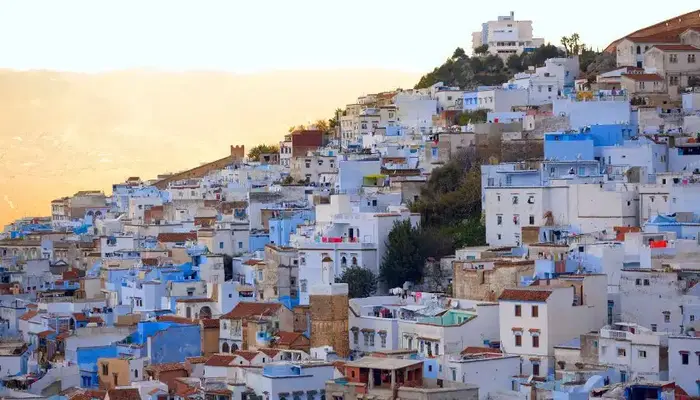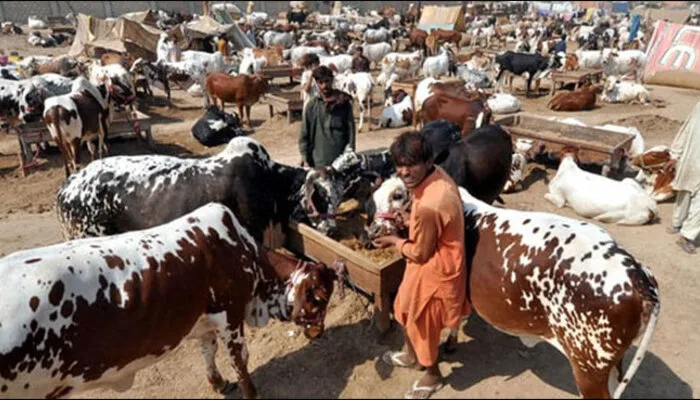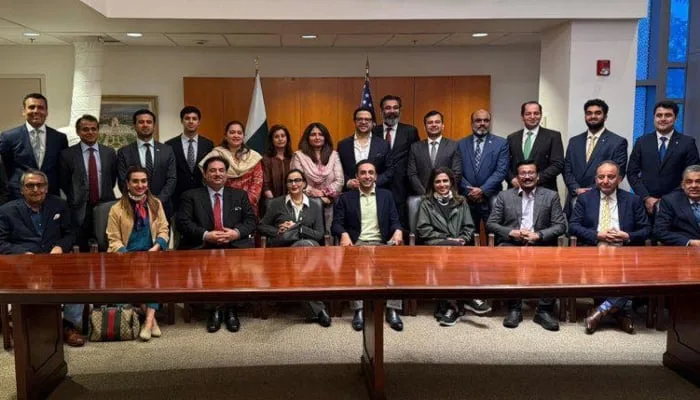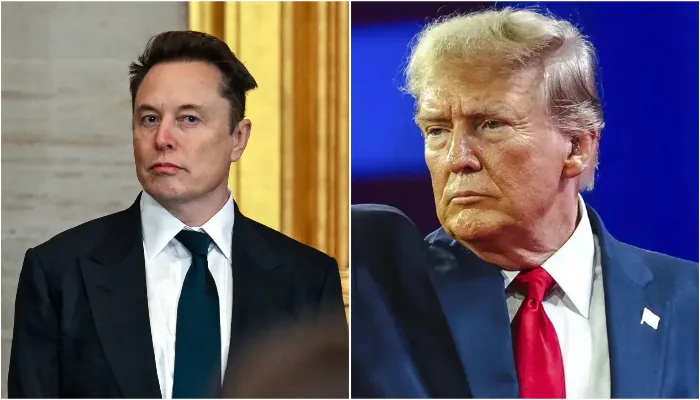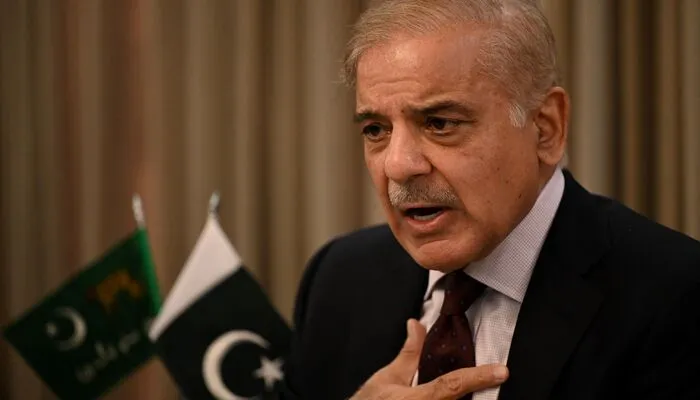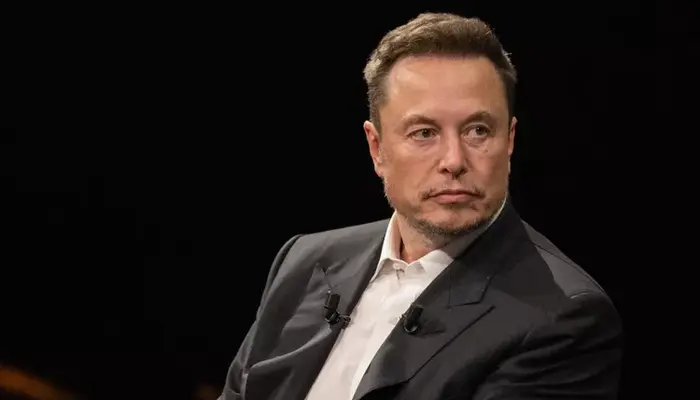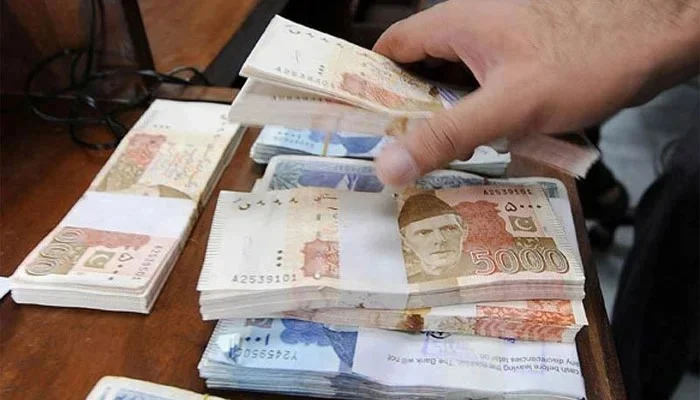
Every year, when Eid ul Adha arrives, so does the criticism. Some people — especially those disconnected from the faith or unaware of the spiritual, social, and economic dimensions of this act — call animal sacrifice “disgusting,” “cruel,” or “unnecessary.” While their concern may come from compassion, their arguments often ignore the deeper meanings, rich traditions, and powerful benefits of this sacred Islamic ritual.
Let’s unpack the real significance of Eid ul Adha and explore why it’s much more than a festival of sacrifice — it’s a celebration of obedience, generosity, and growth.
1. A Powerful Symbol of Love, Obedience, and Faith
At the heart of Eid ul Adha lies one of the most moving stories in religious history. Hazrat Ibrahim (peace be upon him) received a divine command from Allah to sacrifice his beloved son, Hazrat Ismail (peace be upon him). Despite the unimaginable difficulty, both father and son agreed without hesitation. Their faith never wavered. Allah, in His mercy, replaced the child with a ram.
Today, Muslims do not sacrifice their children. Instead, they sacrifice an animal to symbolize their willingness to give up what they love most for the sake of Allah. It’s not an act of violence, but a declaration of deep submission. It’s a personal moment of detachment from materialism and a reminder that true faith requires action, not just words.
Qurbani is not about spilling blood. It is about purifying hearts. It’s a lesson in obedience, love for the Creator, and gratitude for His blessings.
2. Feeding Millions and Strengthening Society
One of the most overlooked benefits of Eid ul Adha is its impact on hunger and poverty. Millions of families in the world — especially in developing countries — cannot afford meat on a regular basis. For them, Eid is a time of joy and nourishment. It brings food to their tables and smiles to their faces.
Islam teaches that the meat of the sacrificed animal should be divided into three equal parts: one for the family, one for relatives and friends, and one for the poor and needy. This built-in system of sharing turns the sacrifice into a community-wide benefit.
So when critics ask, “Why kill an animal?” — the answer is simple and powerful: To feed the hungry. To uplift the poor. To remind ourselves that giving is better than receiving.
It’s not just about personal worship; it’s about social responsibility.
3. Sustainable Benefits: From Leather to Land
Beyond spiritual and social values, Eid ul Adha has tangible economic and environmental impacts. The hides of sacrificial animals are used in leather industries to produce jackets, shoes, bags, and more. This generates employment and contributes to the economy. Ironically, many critics of Qurbani wear leather without realizing its source.
The benefits don’t stop there. In rural areas, animal waste — including bones and blood — is often used to fertilize land. It enriches the soil and boosts agriculture naturally. This makes the land more productive, supports farming families, and reduces dependence on chemical fertilizers.
Eid ul Adha creates a ripple effect — benefiting industries, households, and even the environment.
Read: Celebrities Celebrate Eid ul Adha with Festive Spirit
4. Islamic Ethics in Animal Sacrifice
Many argue that animal sacrifice is inhumane. But Islam’s approach to Qurbani is deeply rooted in ethics and mercy. There are strict rules to ensure that animals are treated with care, respect, and kindness before and during the process.
The Prophet Muhammad (peace be upon him) taught that animals must be well-fed, not overworked, and never mistreated. The knife must be sharp to minimize pain. Animals should not be slaughtered in front of each other. The act should be quick and clean.
Furthermore, in the days before Eid, families — especially children — often bond with the animal. They feed it, name it, and care for it. This relationship fosters compassion, not cruelty. When the time for sacrifice comes, it’s not just an act of faith — it’s also a reminder of responsibility.
Critics who eat meat but oppose Qurbani should reflect on how their food reaches their plates. Most meat in supermarkets comes from mass slaughterhouses, often without ethical guidelines. In contrast, Islamic sacrifice emphasizes dignity, intention, and humane treatment.
5. A Sacred Time for Giving and Reflection
Eid ul Adha isn’t just about meat or ritual. It’s about reminding Muslims to live with sincerity, generosity, and gratitude. It’s a time to reflect on the struggles of Hazrat Ibrahim and Hazrat Ismail (peace be upon them) and to renew our own sense of purpose and faith.
Muslims are encouraged to give beyond just meat. Charity, hospitality, kindness, and remembrance of Allah all increase during these blessed days. The act of Qurbani becomes a tool to cultivate humility and strengthen our connection with God and humanity.
Rather than judging the ritual from the outside, it’s important to understand its deeper layers. Eid ul Adha is not about violence — it’s about value. It’s about doing something with meaning, sharing with those in need, and remembering that life is a test of sacrifice.
It’s More Than Just a Festival
Eid ul Adha carries the weight of a powerful history, a noble purpose, and widespread benefit. For those who reduce it to just “animal slaughter,” it’s time to look deeper.
This sacred tradition teaches obedience, empathy, social welfare, and environmental responsibility. It feeds the poor, supports industries, and fertilizes the land. It’s carried out with compassion, not cruelty. And it reminds Muslims of the ultimate lesson: to place faith above all.
Before calling it “disgusting” or “cruel,” ask yourself — do I truly understand what this means?



